|
It's the first day of summer, and the first day of the Sea Squirts day camp where kids ages 5-8 participate in games, crafts, activities and field trips based on a different theme each day. Today's theme was invertebrates -- or animals without a spine. What better way to learn about this group of animals than by going to Wallops Island to capture the Eastern Shore's favorite invertebrate, the blue crab? Blue crabs are fascinating animals with tons of cool adaptations. Here are four things the Sea Squirts learned about blue crabs today. 1. Male and female crabs have different markings on their abdomens.
2. Blue crabs can swim through the water.
3. Blue crabs can lose their claws.
4. Blue crabs molt.
For more information about the Sea Squirts day camp or any of CBFS's other camps, you can visit the camp page of our website. Keep a lookout on our Flickr or Instagram for new photos of camps throughout the summer!
1 Comment
Even though many of our camps are marine science based and we have a lot of fun handling organisms, going kayaking, and hiking in state parks, that doesn’t mean we don’t participate in all the traditional fun of a summer at camp. Whether it’s tie-dyeing Field Station t-shirts or venturing out on one of our research vessels, camp at CBFS gives you a wide range of experiences and a whole lot of adventures. Last week, our Intermediate Kayaking Camp and Marine Invertebrate Camp competed against each other in a CBFS classic: The Camper Olympics. After competitions like volleyball and relay races, counselors tallied up all the points and crowned the winning team! Following the closing ceremonies, campers headed over to the campfire for skits and songs performed by their, if not all musically gifted, extremely enthusiastic counselors. They roasted marshmallows for s’mores and told jokes and stories. Some chatted by the fire while others tossed a Frisbee in the field. It was a great time to relax after a long afternoon of competition. The next day was the last day of camp for both groups, celebrated with a day at the beach and a barbeque! If that’s not a great way to end a week at camp, we don’t know what is. What makes our campus so unique is that we host people of all different ages, and at any moment you can walk into the Education Center and find a group of excited schoolchildren getting ready to take a bus to the Chincoteague Wildlife Refuge, a college class packing up equipment for field study on one of our research vessels, a group of adults getting ready for a kayaking trip, or even grandparents and grandchildren going out crabbing together on Wallops Island. A lot of the time, these groups cross paths, and this morning two very similar groups were both hard at work in the lab at the same time… Marine Invertebrates summer camp was studying organisms this morning with lab activities. They went from looking at micro-organisms such as zooplankton and phytoplankton under microscopes to handling macro-organisms like sea cucumbers and marine worms. After a presentation on different types of invertebrates, they used field guides to identify the organisms sitting around the room. This afternoon, they spent the day on the water, kayaking to take a closer look at some of the ecosystems they've been learning about. Meanwhile, our Marine Invertebrates college course taught by Dr. Tracy Whitford of East Stroudsburg University was also studying inverts in another lab just a few doors down. After a lecture by Dr. Whitford, they had time to focus on identifying the many different organisms they had brought in from the field, including a sea urchin and a ghost crab! They used special camera equipment to take pictures of the organisms. Check out more information on our college courses here and our 16-18 camps here! We recently learned about a very talented young scientist who has designed an experiment to investigate ocean acidification - something that we are deeply passionate about here at CBFS. Randy Bowman is an eleven-year-old student from Virginia who has attended a number of our summer camp and homeschool programs over the past few years. This spring, he designed an experiment which was accepted into NASA's Cubes in Space program that was launched on June 25th. Not only did Randy come up with some interesting results, but his project was awarded "Best Design" and he will have the opportunity to send a related experiment in a weather balloon in the second phase of the project. Randy joined us for Focus on Fish summer camp this past week and we caught up with him to learn more about his project. Listen to Randy talk a bit about his experiment in the video below and be sure to check out his blog! On Wednesday, the Icthyology campers went fishing on the Pocomoke River just a few minutes from the Field Station to learn about freshwater fish. The past few days of camp were focused on marine fishes, and campers used a variety of sampling methods to capture and identify different species. Because one adventure isn’t enough for the day, they began the morning in the lab performing a shark dissection on an Atlantic sharpnose shark. With the help of educators Andrew and Jesse, campers got to learn about the anatomy of a shark up close. After lunch time, campers visited a few sites on the Pocomoke River: one at the YMCA and one further up the river near the old draw bridge. Here, they caught and studied freshwater fish in two different systems: lotic (on the river) and lentic (in a pond). The Pocomoke River is surrounded by different types of trees that affect the water and make it appear darker, the most common of which is the loblolly pine along with red maple and bald cypress trees. Campers were challenged to think about different adaptations that fish have to live in freshwater, marine, or brackish ecosystems. At the Y, there were bluegills and sunfish, and at the second stop along the upper Pocomoke River there were many channel catfish. Campers compared the salinity of these waters and learned about osmoregulation, the process an organism undergoes to maintain homeostasis, or to keep its body fluids at the right level of salinity. They caught several different kinds of fish, including a pumpkinseed and many different sizes of channel catfish. When an averagely sunny day turned into pouring rain, these dedicated young scientists stayed out in the rain in a classic “you know you love marine science when” moment. Today we’re wrapping up this week’s camps! Along with Ichthyology, for ages 16-18, this week we held our Focus on Fish camp for ages 13-15, and the Marine Science Adventure Day Camp for ages 9-11! Stay tuned for our 2016 summer camp schedule to be posted in the fall!
Absolutely. Besides, crabs are a lot easier to handle than sharks, and a lot easier to find! It's our second week of intergenerational camp through Road Scholar, and our grandparents and grandchildren are having a blast! Today campers spent time learning about and catching crabs on Wallops Island. Using an old tried and true tradition, educators showed campers how to catch crabs using a small pipe, some rope, and a chicken neck. Yes, a chicken neck. After trying the piece to some rope, tying that to the pipe, and winding it up, campers threw the bait into the water. Once they felt a tug, our Sea S.T.A.R. Interns used nets to help bring the crabs in to be examined and studied. Educator Alyssa taught everyone how to identify the sex of the crab, all dependent on what "shape" they have on their apron, the underside of their shells. The males will have a shape "like the Washington Monument," and immature females will have a shape "like a pyramid." If it was a mature female, she would have a squishy sack where the eggs are kept. Both the grandparents and the children were eager to learn how to handle these creatures which are so characteristic of the Eastern Shore. These crabs, however, were tossed back into the water, but the campers will enjoy a crab dinner another night this week! Learn more about other family programs we have here! Our Sea Squirts loved learning about the Delmarva Fox Squirrel at camp - check out this video of them doing "The Squirrel Dance" and definitely check out the family day programs we offer here at the Field Station!
The Field Station is always thinking of new ways to reach out to our community, and part of that is figuring out what kinds of new programs we can offer to people with different interests. We love all of our scientists, but we also realized that we have a great opportunity to introduce even more people to the beautiful Eastern Shore. This week, we welcomed a group of young artists to explore the world of coastal art in Chincoteague! Coastal Art camp is open to ages 13-18, and by the end of the week the campers will have an entire portfolio of artwork to take home with them. These art projects combine art and nature - campers use plants, shells, grass, and even upcycle trash that has washed up on shore to make art. On Monday, educators Jesse and Nate took the campers onto the beach at Wallops Island, a beautiful, pristine beach and a great place to be inspired by nature. The campers collected shells, made plaster casts in the sand, and collected different dune grass for basket weaving later in the week. Campers learned about coastal ecology and about the plants that they would use to create their art. Species found in the embryo dunes at Wallops include sea rocket and Russian thistle, while accumulating dunes have american dune grass and panic grass, and mature dunes have wax myrtle and bayberry. The mature dunes serve as a transition zone, where plants become more like wood plants rather than beach plants. The young artists use this knowledge as background in creating their work. Tuesday took the campers away from the beach and into the woods, to Pocomoke River State Park, where they went on a nature hike and created nature journals about the different plants and animals they saw. As artists do, they went in style, with faces painted like superheroes and fish. On the hike, campers collected leaves to press back at the lab and used watercolors to paint the scenes in front of them. Midway through the hike, they stopped to write poetry. Jesse and Nate encouraged the campers to leave their comfort zones and to include nature writing and poetry in their journals. The poetry ranged from a thoughtful haiku about a heart-shaped leaf to a witty limerick about a mosquito. Coastal art camp has just begun, and we are just as excited as the campers to see where the rest of the week brings!
Chincoteague Bay Field Station kicked off summer camps this week with the Sea Squirts Day Camp. Each day campers enjoy a variety of activities related to the daily theme. Field Station Educators Mallory and Chaz led the campers on hikes at Chincoteague National Wildlife Refuge, into the intertidal zone at Tom's Cove, and on shelling trips to Wallops Island. CBFS's Summer Camp Counselors work with the Education Staff to develop fun games, crafts, and activities to introduce different concepts. For example, on coastal mammal day campers learned about the Delmarva Fox Squirrel, which is a threatened squirrel that in recent years has been thriving on Assateague Island. After visiting Chincoteague National Wildlife Refuge and seeing the squirrel in its habitat, students returned to campus to make their own squirrel puppets and did the squirrel dance! So you're probably wondering: what is a sea squirt and what does it have to do with this summer camp? A sea squirt (Molgula manhattensis) is a round tunicate that is found in the shallow waters of the Chincoteague and Chesapeake Bays. They're cute little critters, the largest only about 4 inches in length. The Sea Squirts day camp is for our youngest explorers, ages 5-8. The campers are filled with energy and we feel that the name suits their enthusiasm and size! CBFS hosts one more week of the camp during the second week in July in addition to dozens of other programs, so keep an eye out for our campers when you're at CNWR!
We're excited to welcome these four fantastic individuals to our team! Ryan, Erin, Brian, and Laura will be working as our Summer Camp Counselors this season. Their enthusiasm, compassion, and creativity make summer camps at CBFS an unforgettable experience. We asked the counselors to introduce themselves so you all can get a sense of where they come from and why they are so excited to work with our campers:
Hi! I'm Ryan Bieber. I'm from Chicago and study environmental science at the University of Missouri. I'm excited to share my love of the outdoors with our campers and to teach them as much as possible! Hello! My name is Erin Mick! I'm from Amherst, Ohio. I went to Bowling Green State University and earned a degree in Communication Sciences and Disorders. I'm so excited for this summer because I have such a passion for the outdoors and I love that I get to share that with my campers! I'm Brian Baker and I will graduate from the University of Maryland this upcoming December with a Bachelors of Science in Environmental Science and Technology. I've worked at boy scout camps in previous years and was the X-Pride Director at Camp Olmsted last summer. I'm looking forward to working at CBFS's camps which have a focus on the environment. Hi there, I'm Laura Woodlee! I am currently a senior at the University of South Carolina studying Environmental Science and Biology. I am interested in pursuing a career in environmental education. This summer I am most excited to explore the marshes, beaches and creeks around the Bay! |
About
Everything you need to know about CBFS's educational programs, visiting Chincoteague Island, and more! Categories
All
Archives
January 2019
|
CHINCOTEAGUE BAY FIELD STATION | 34001 Mill Dam Road | Wallops Island, VA 23337 | (757) 824-5636 | [email protected]
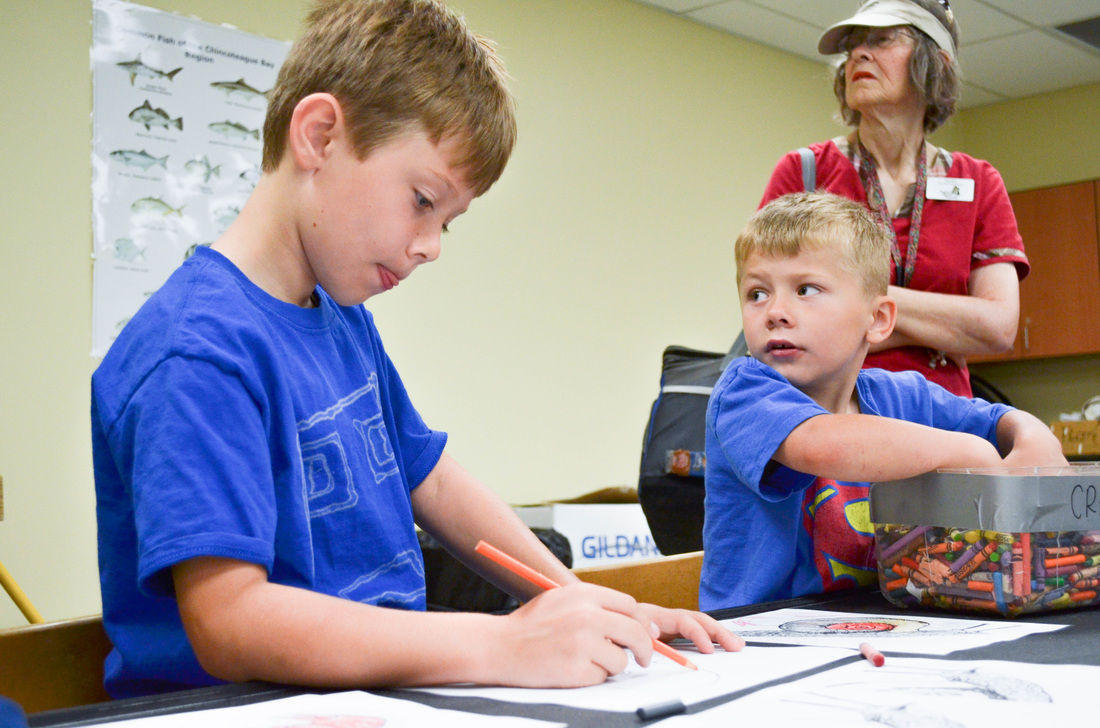
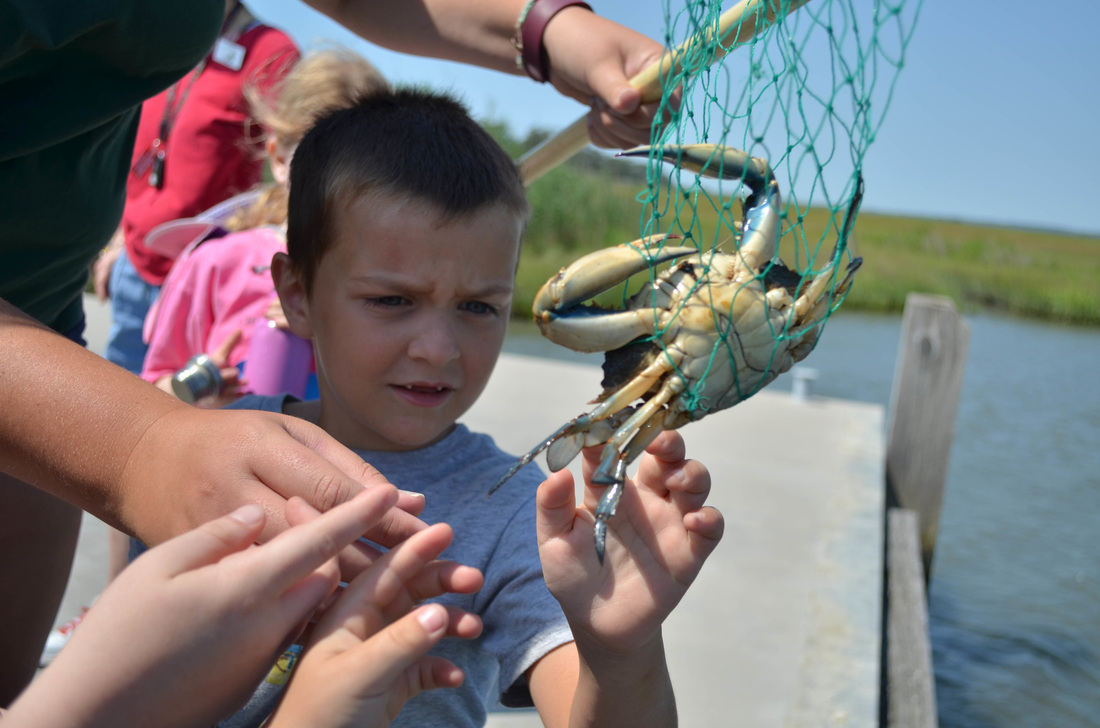
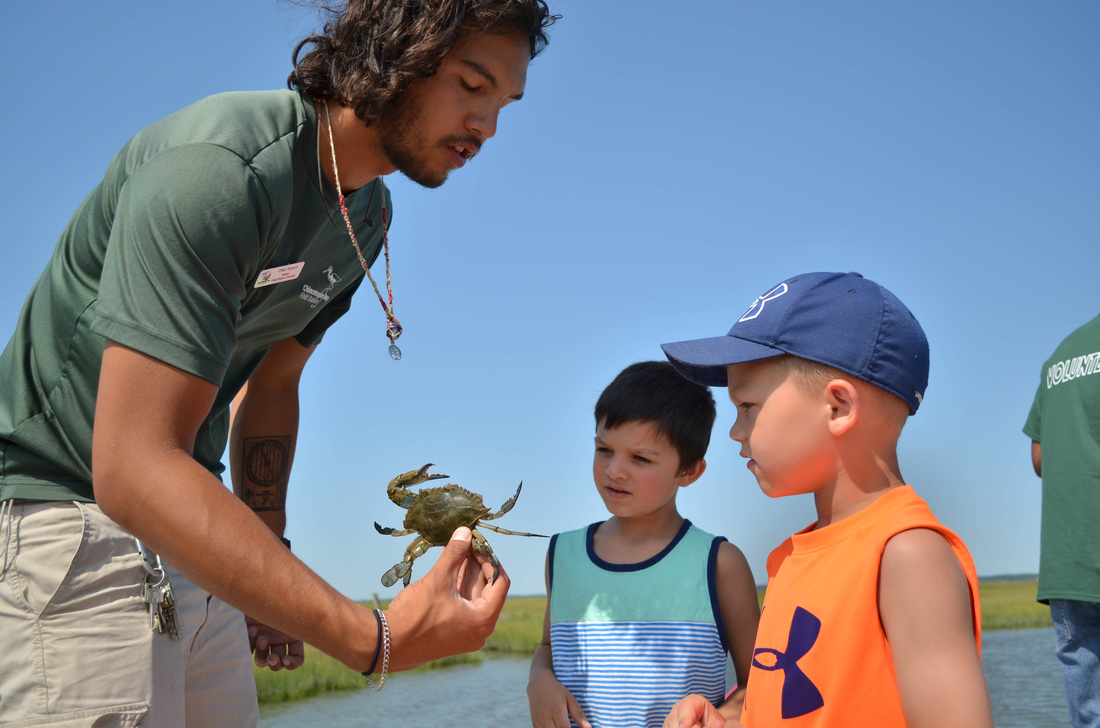
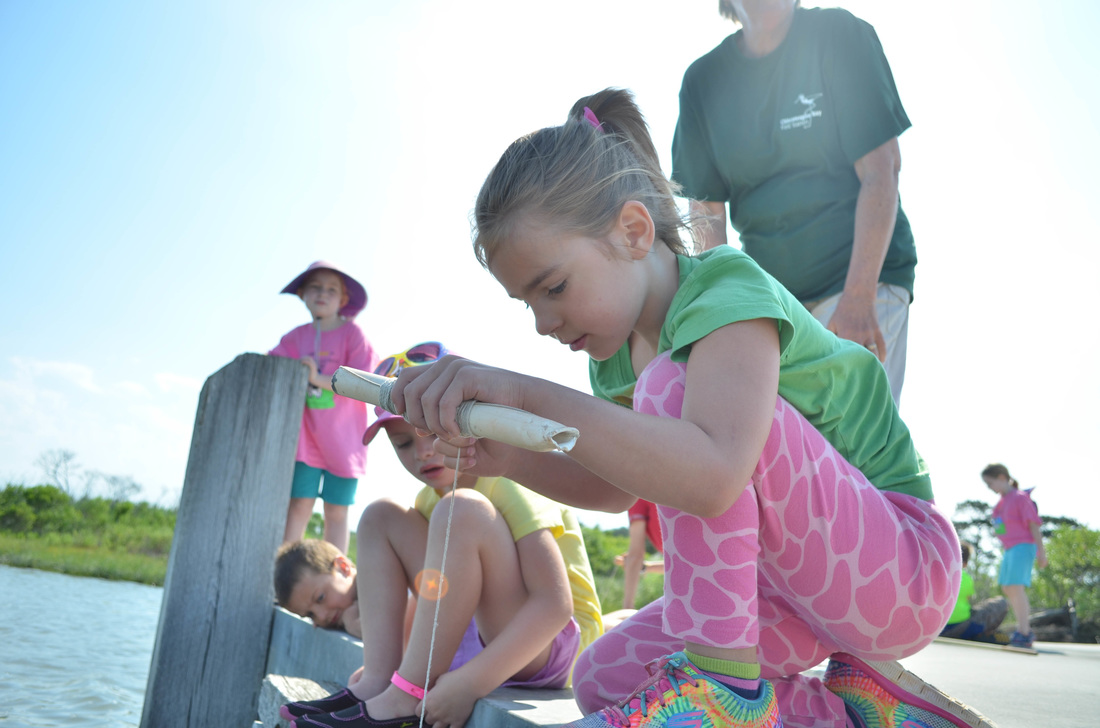
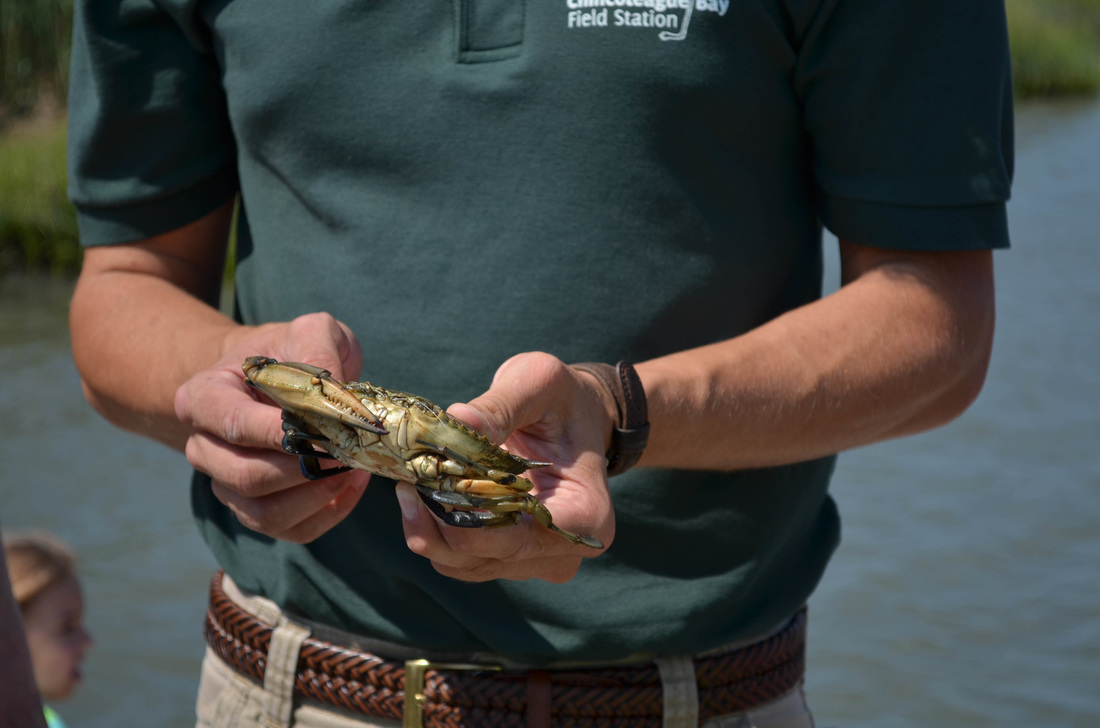
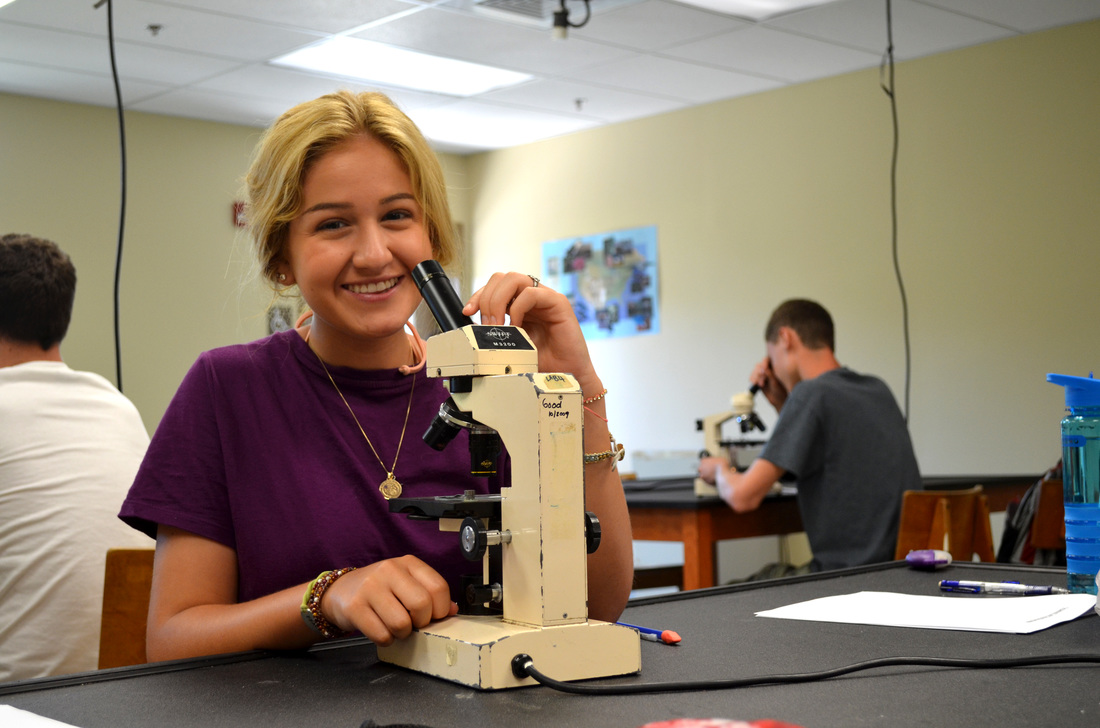
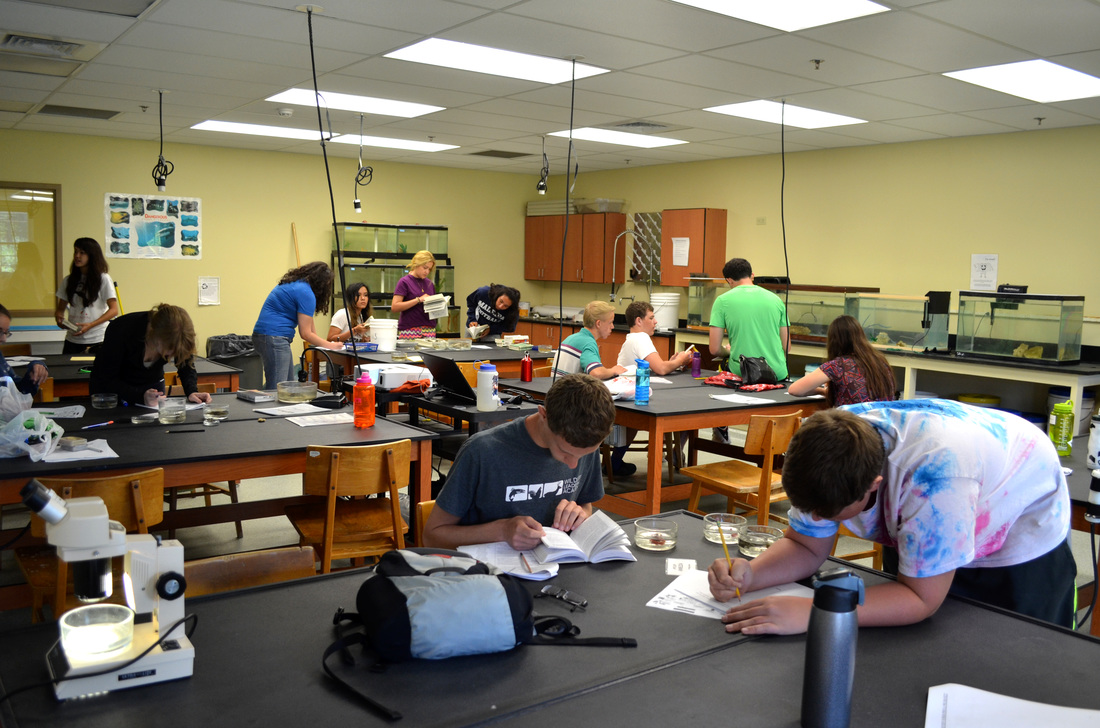
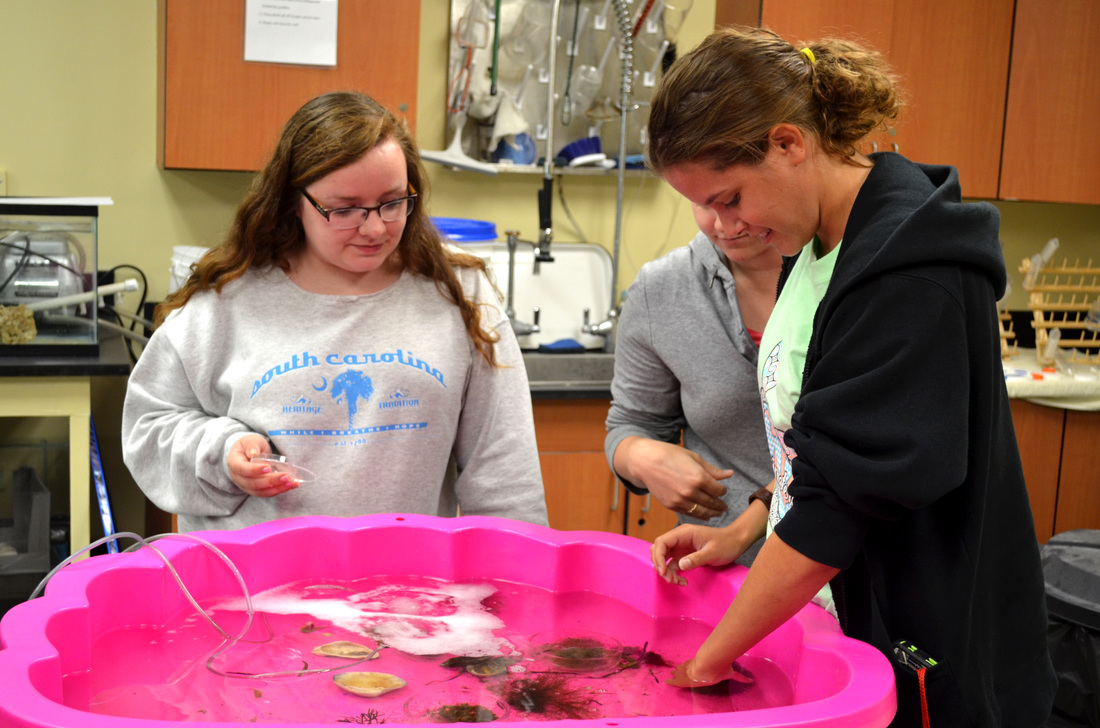
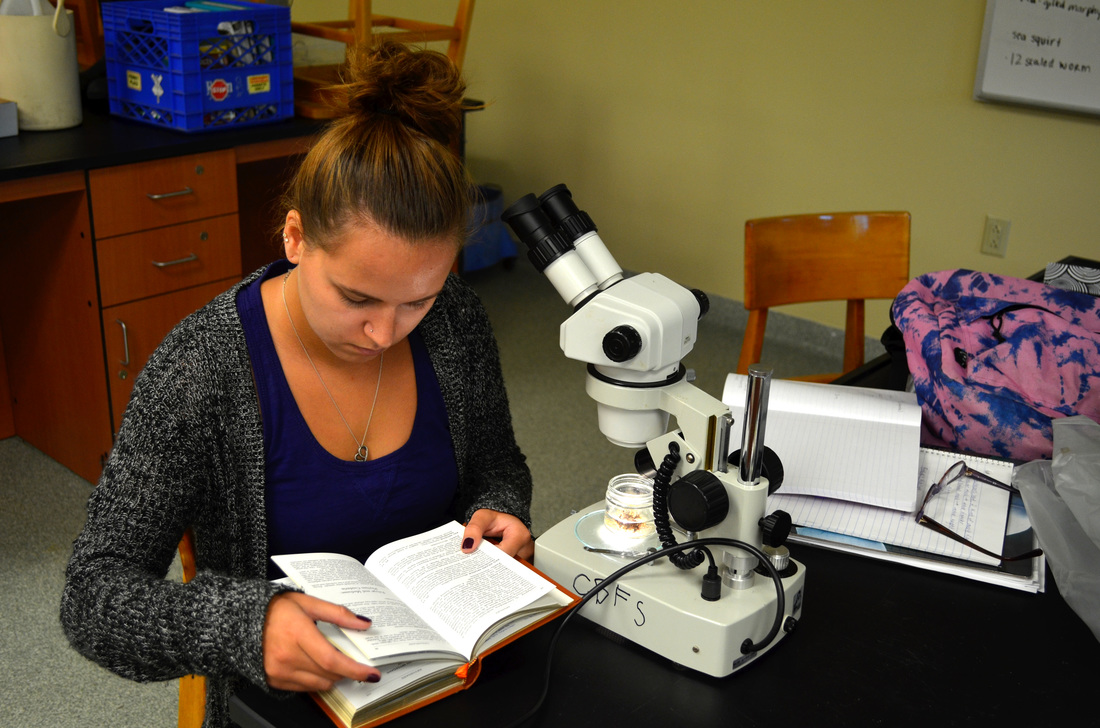
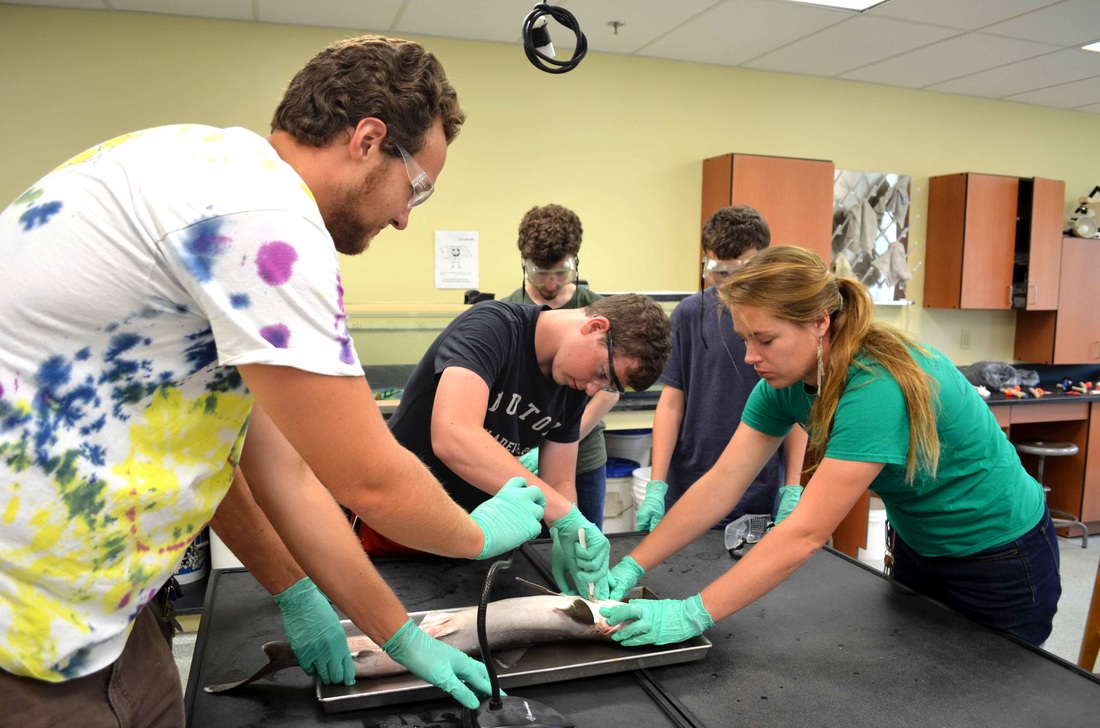
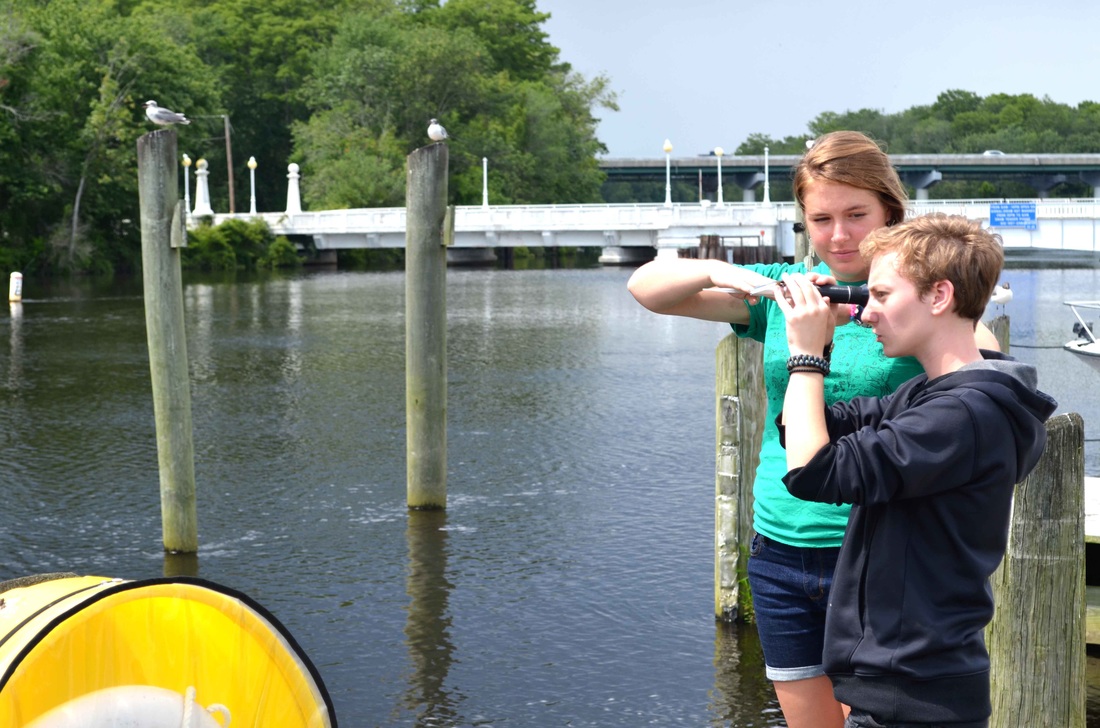
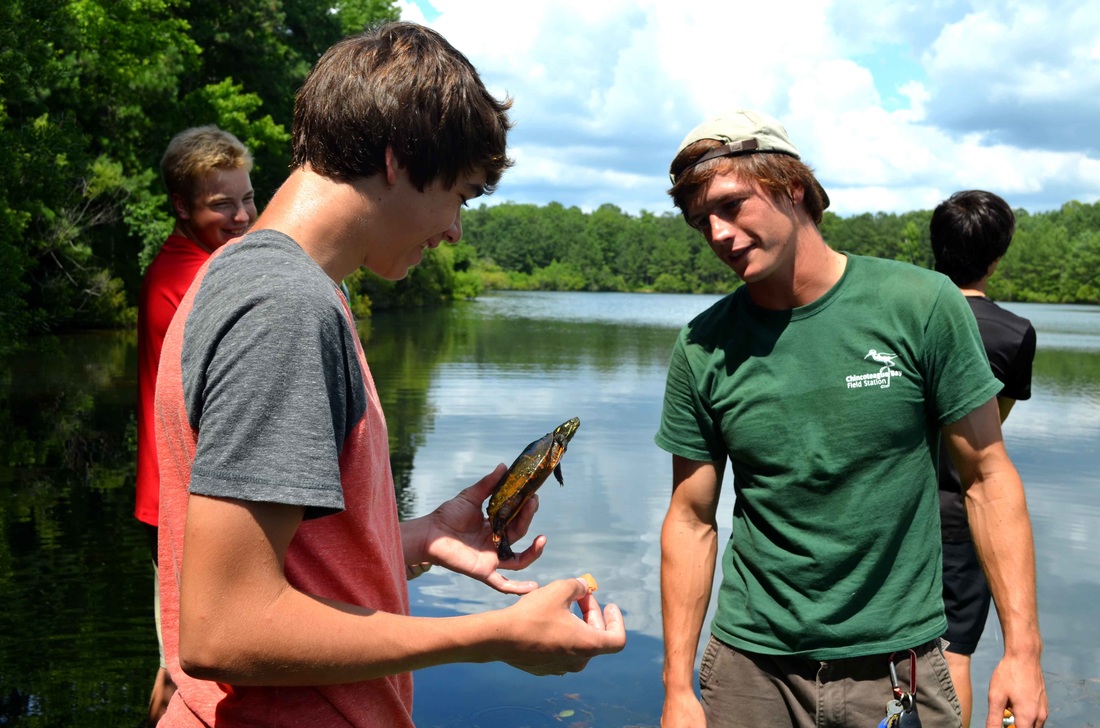
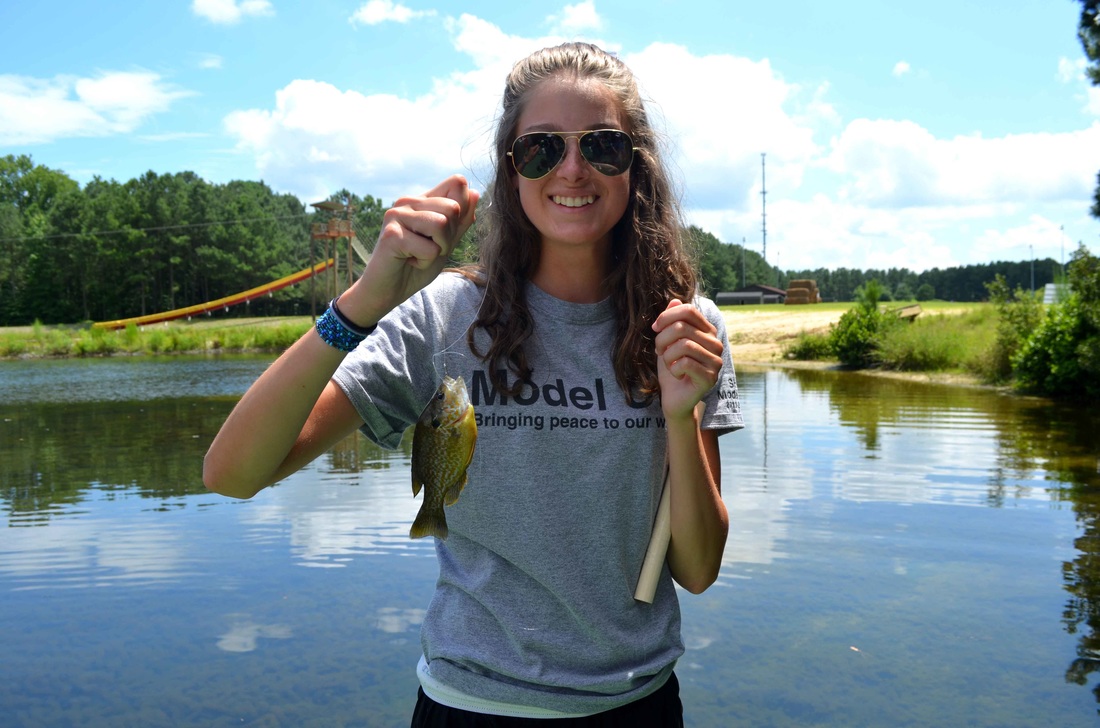
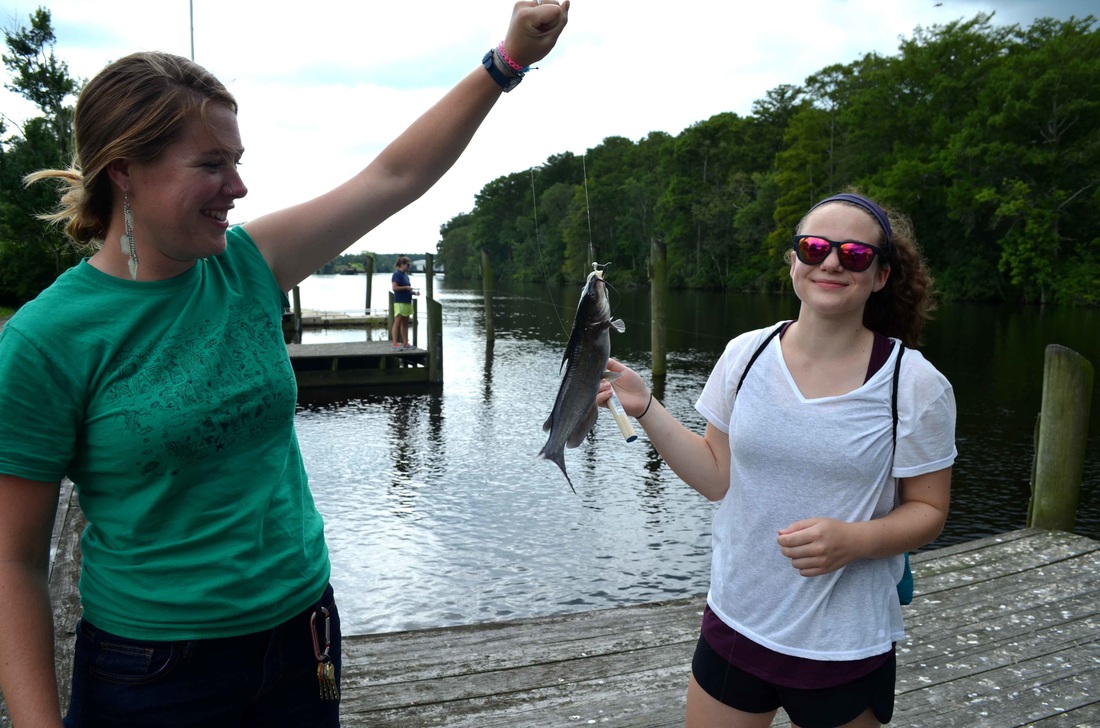
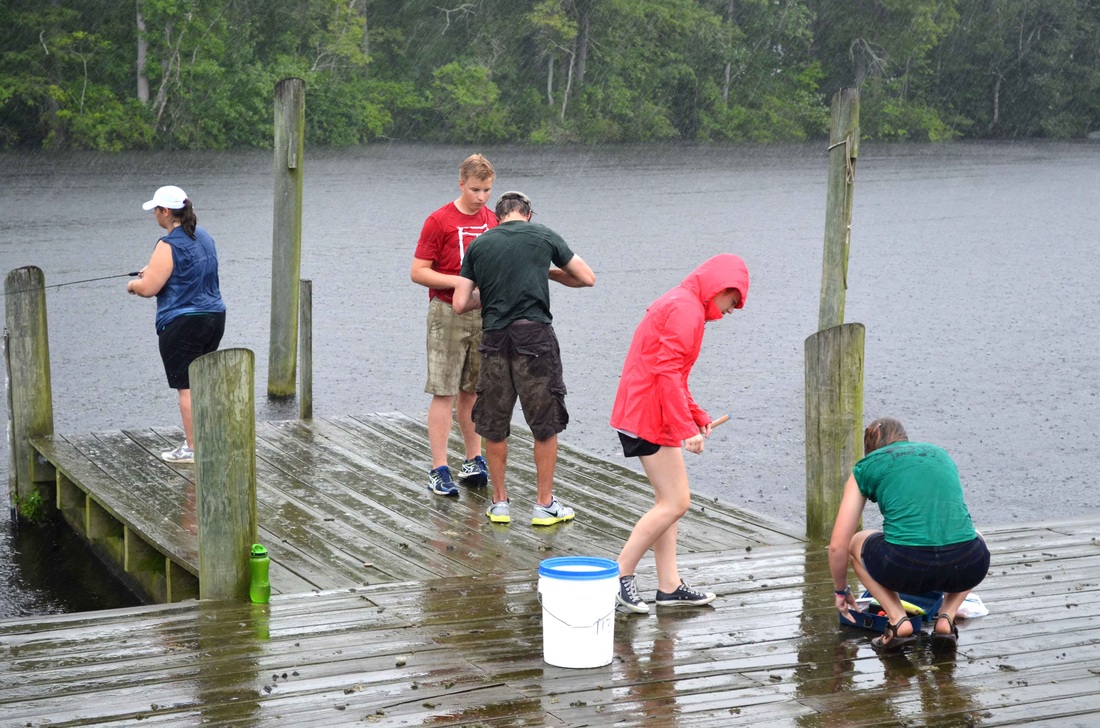
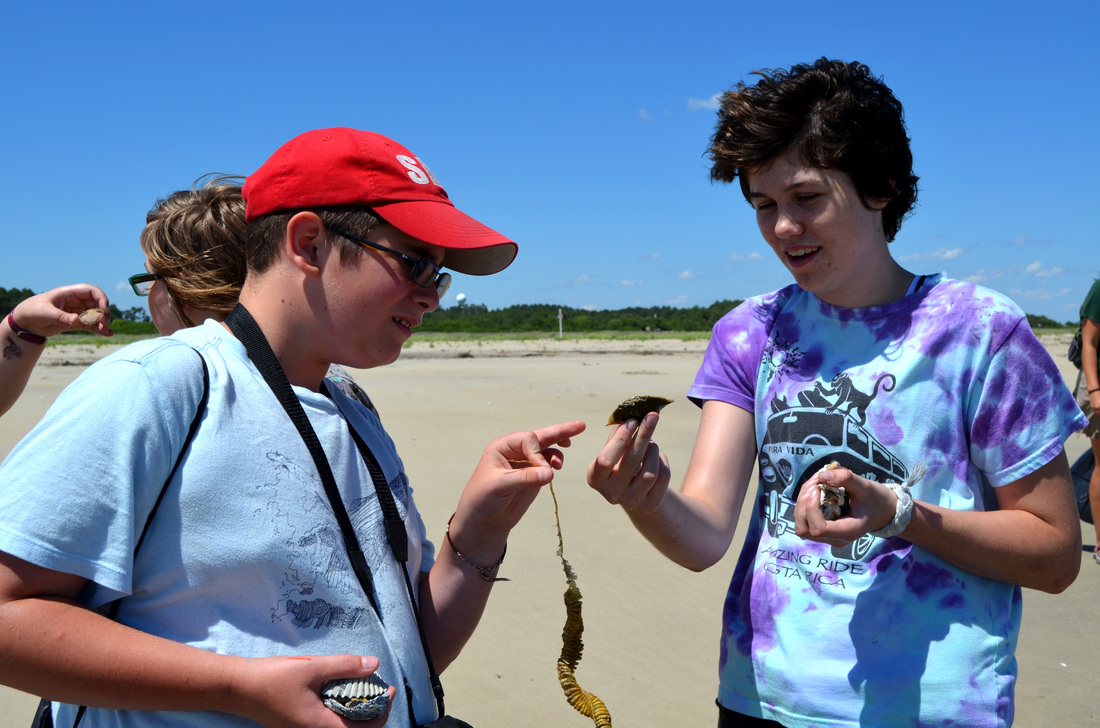
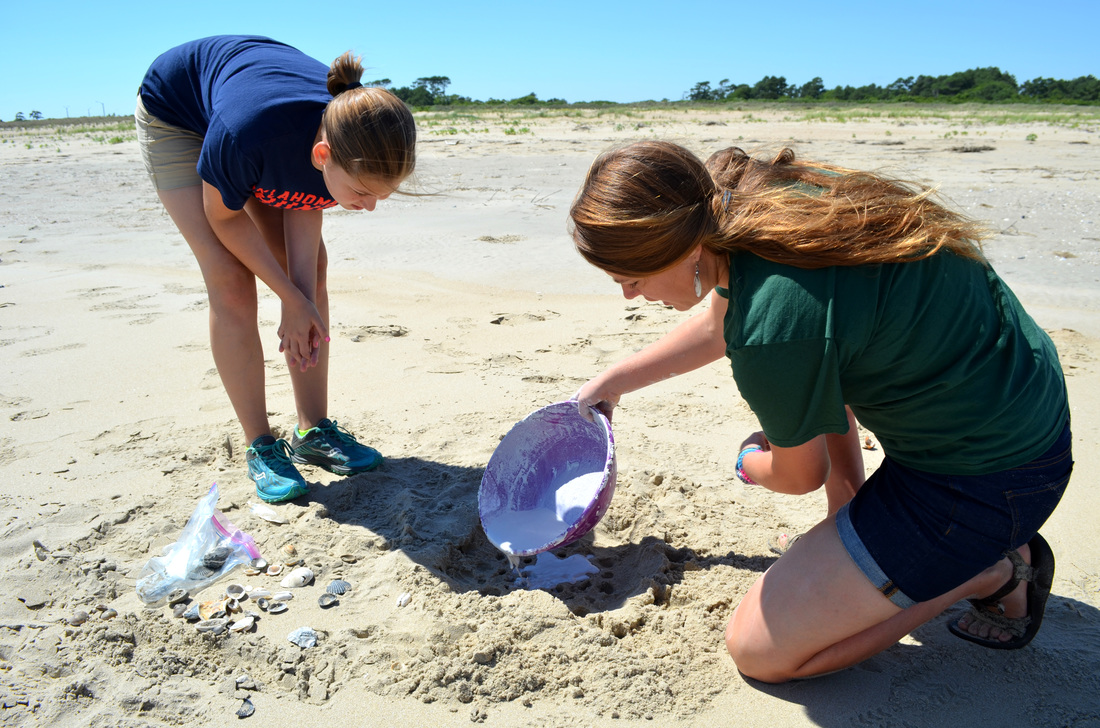
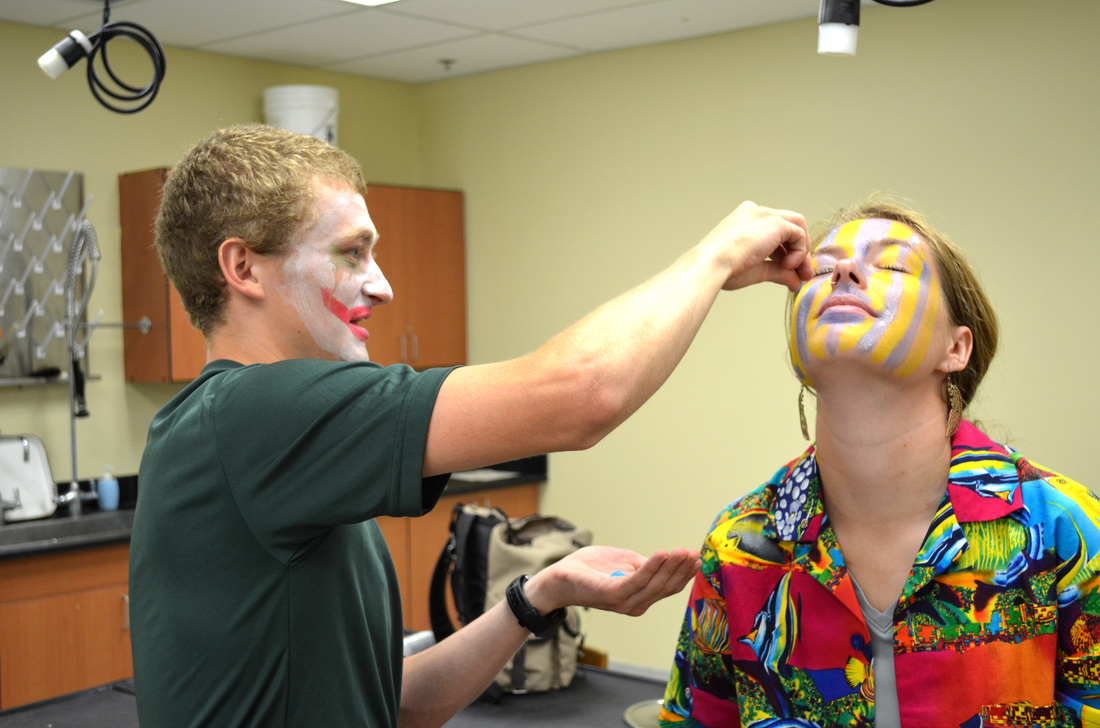
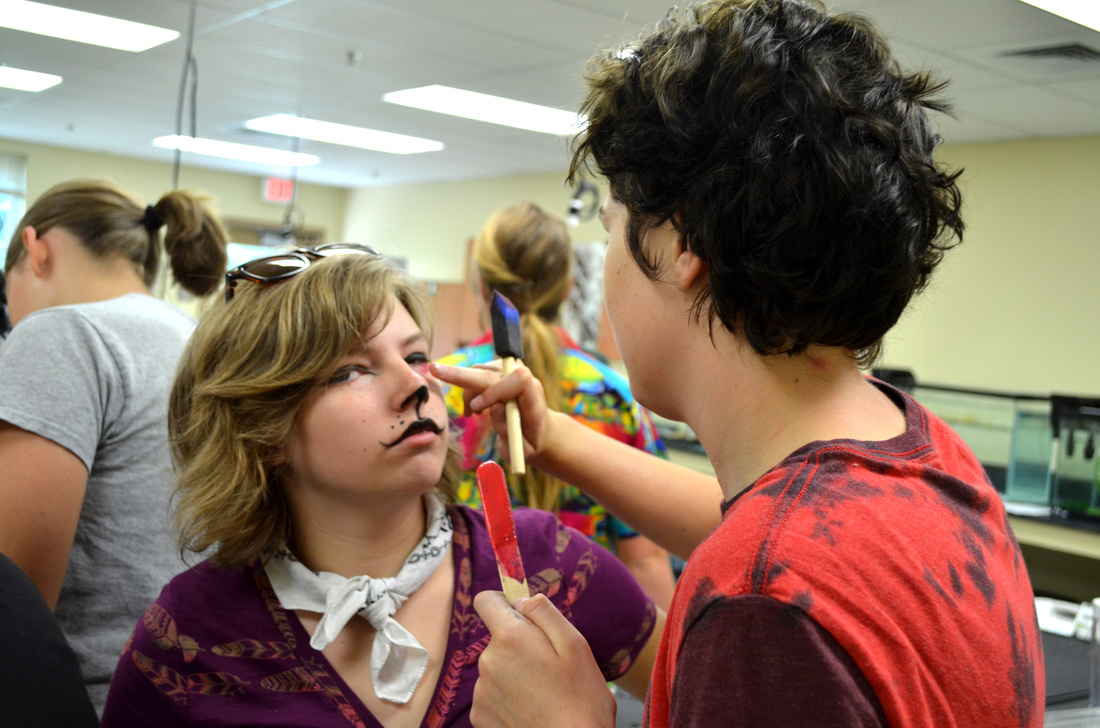
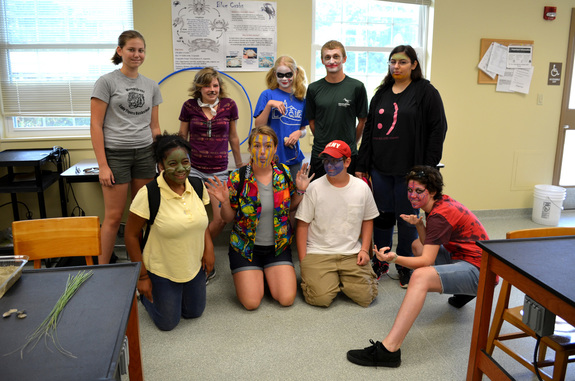
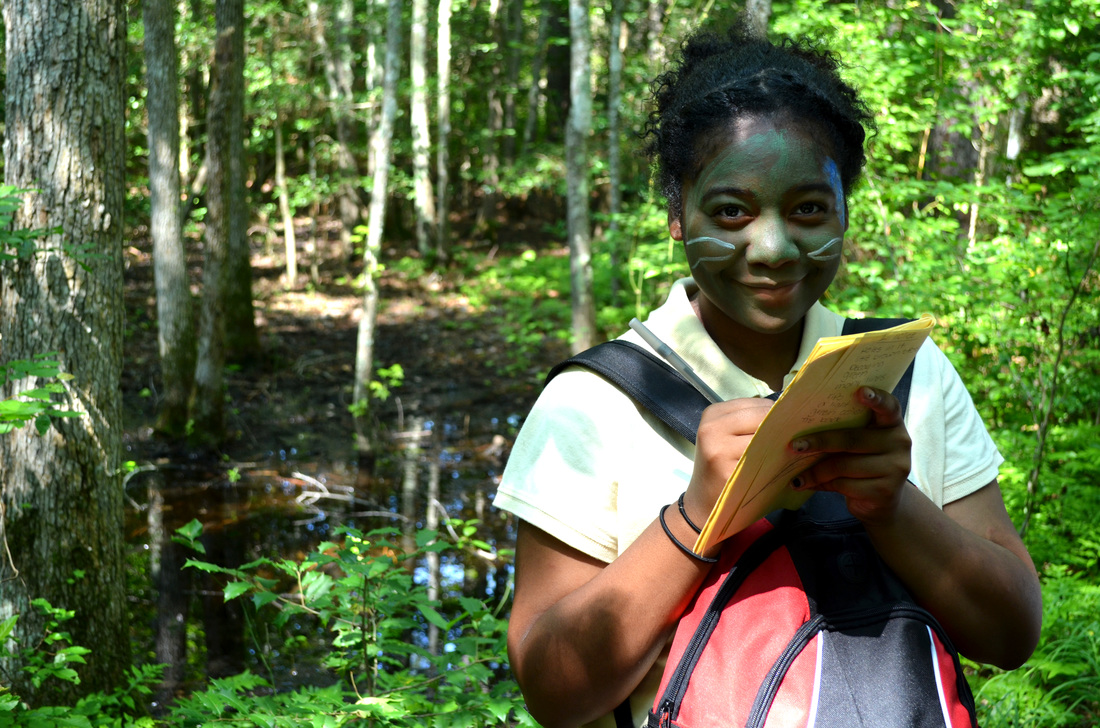
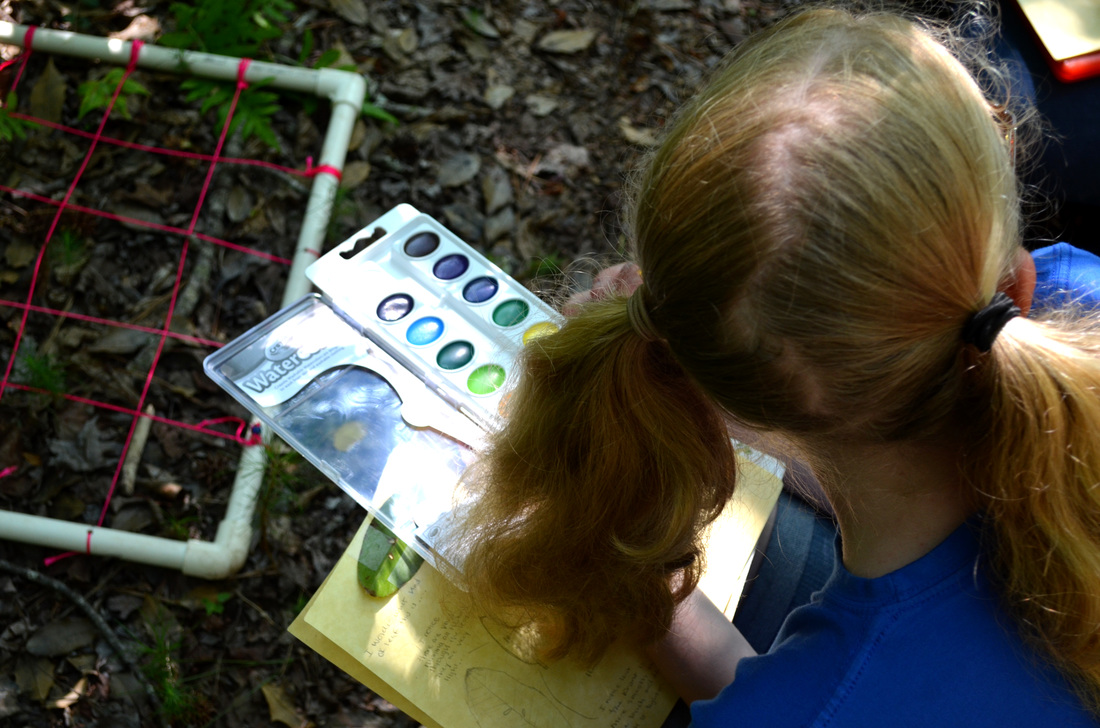
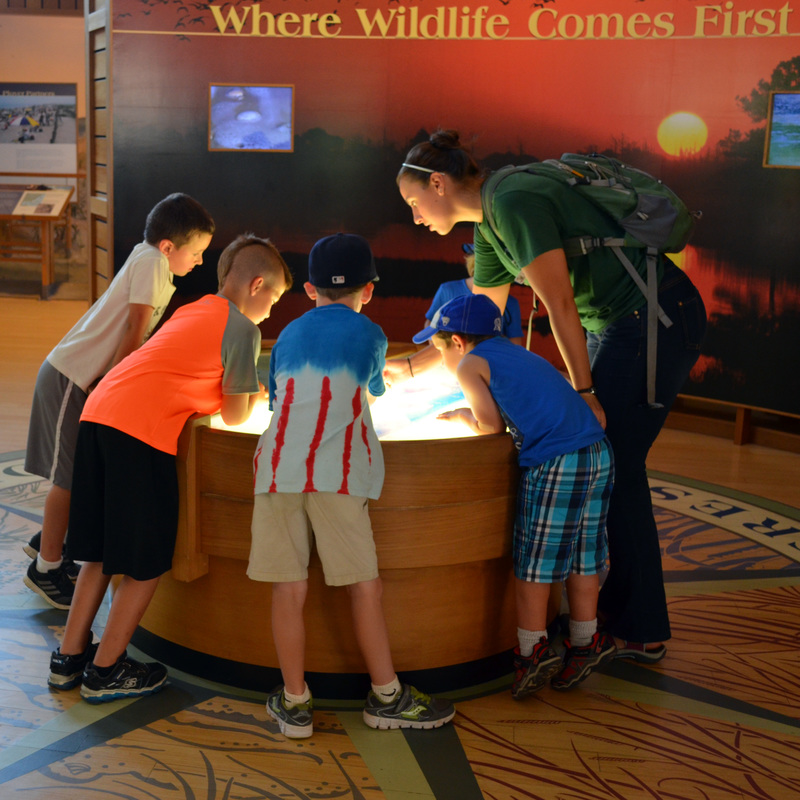
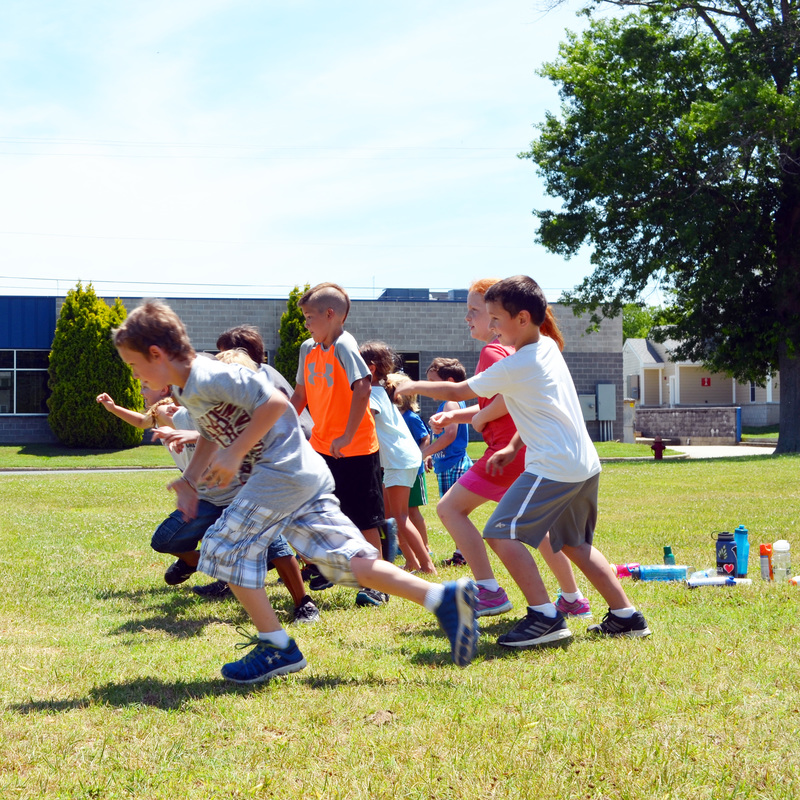
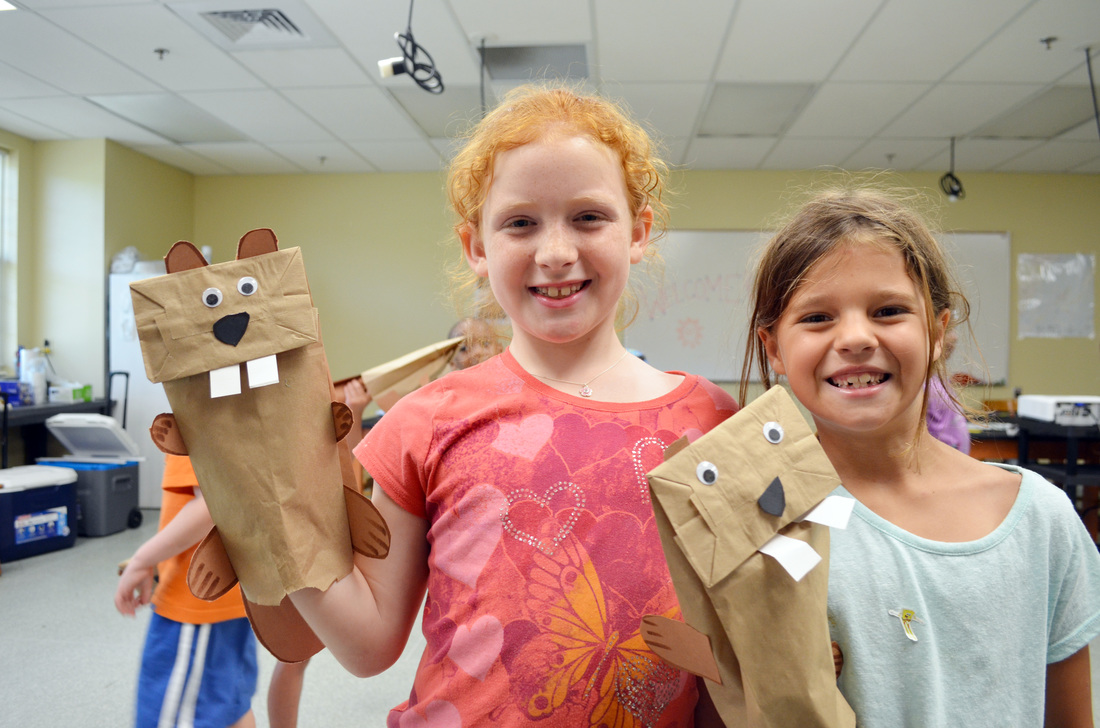
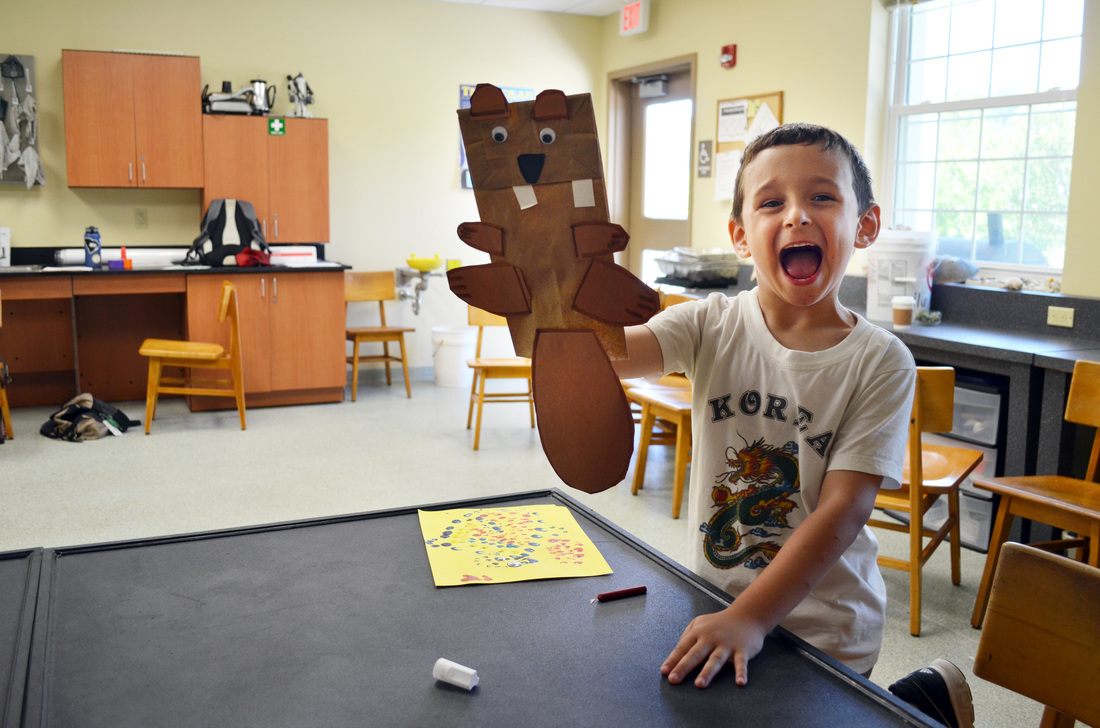
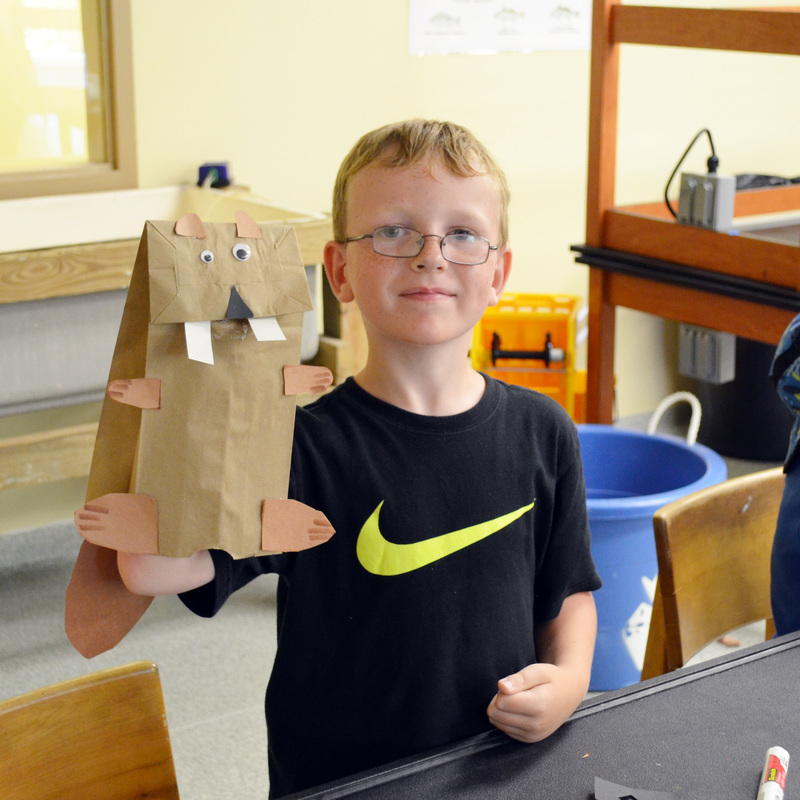
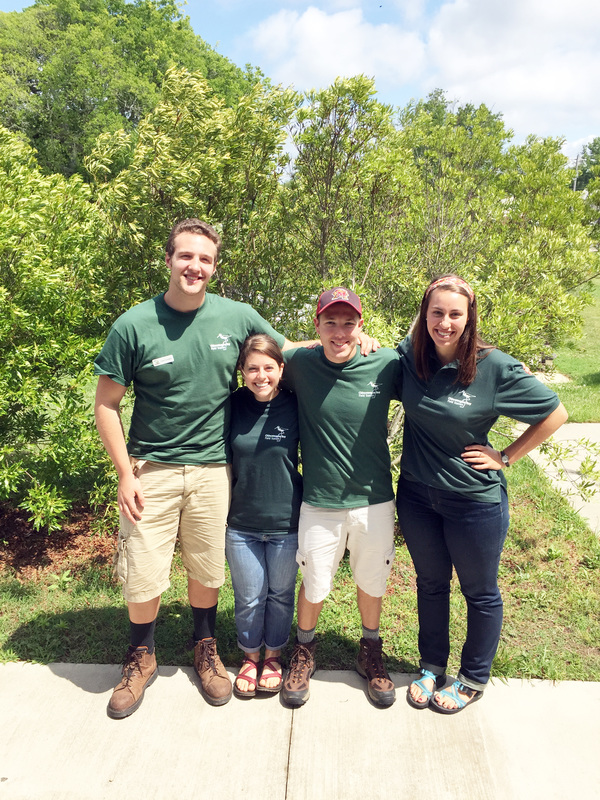
 RSS Feed
RSS Feed

